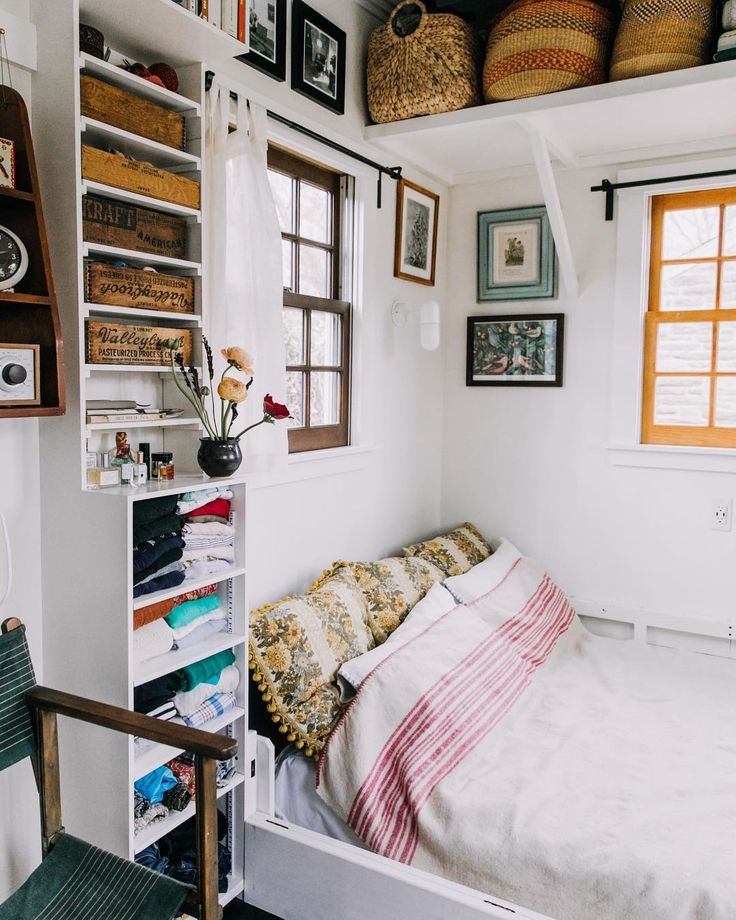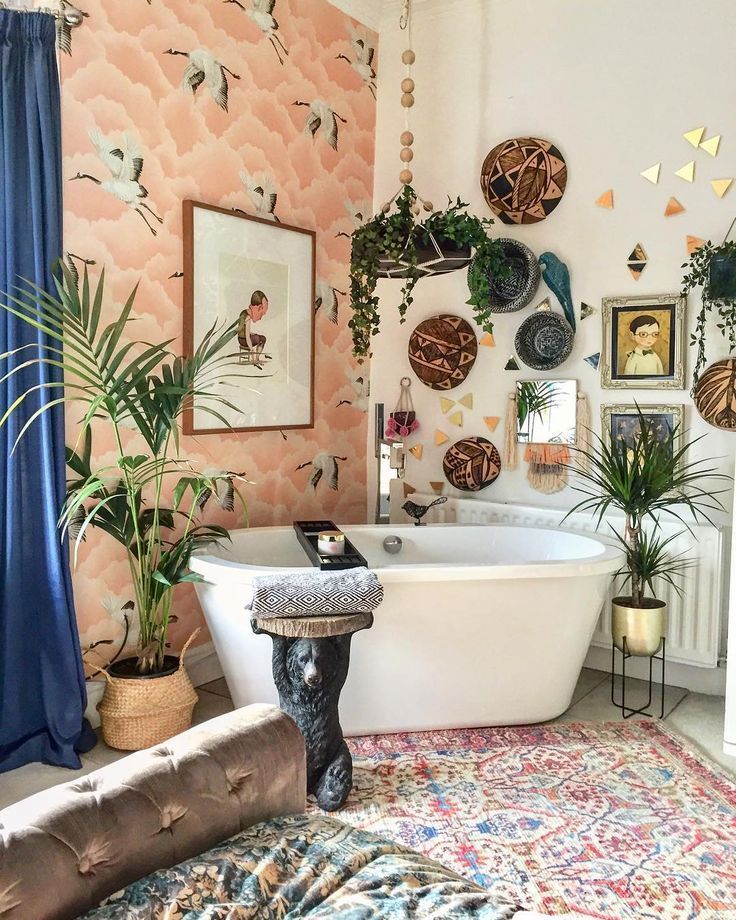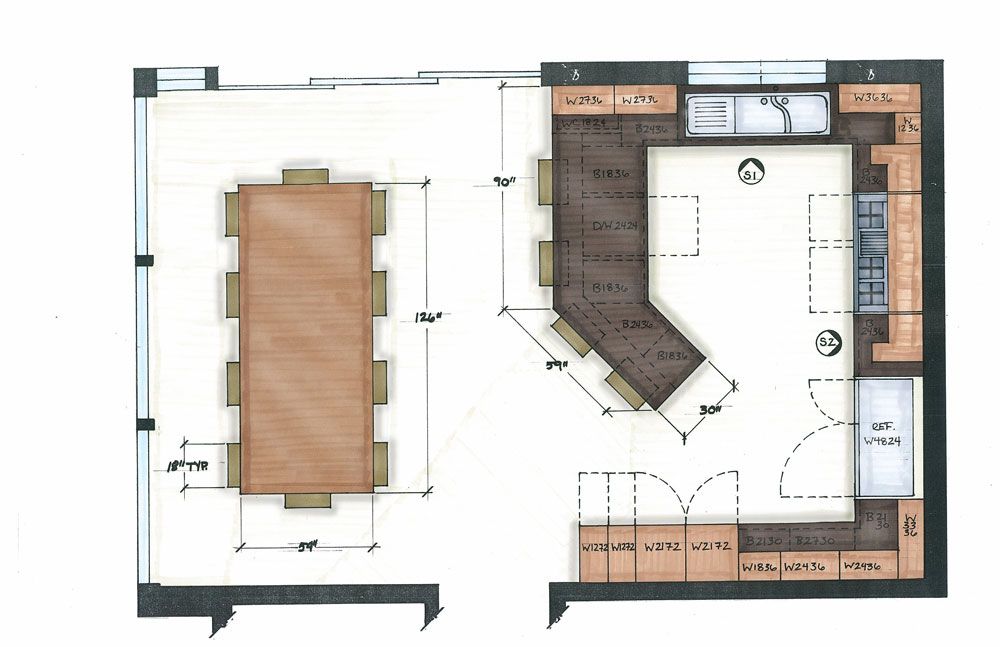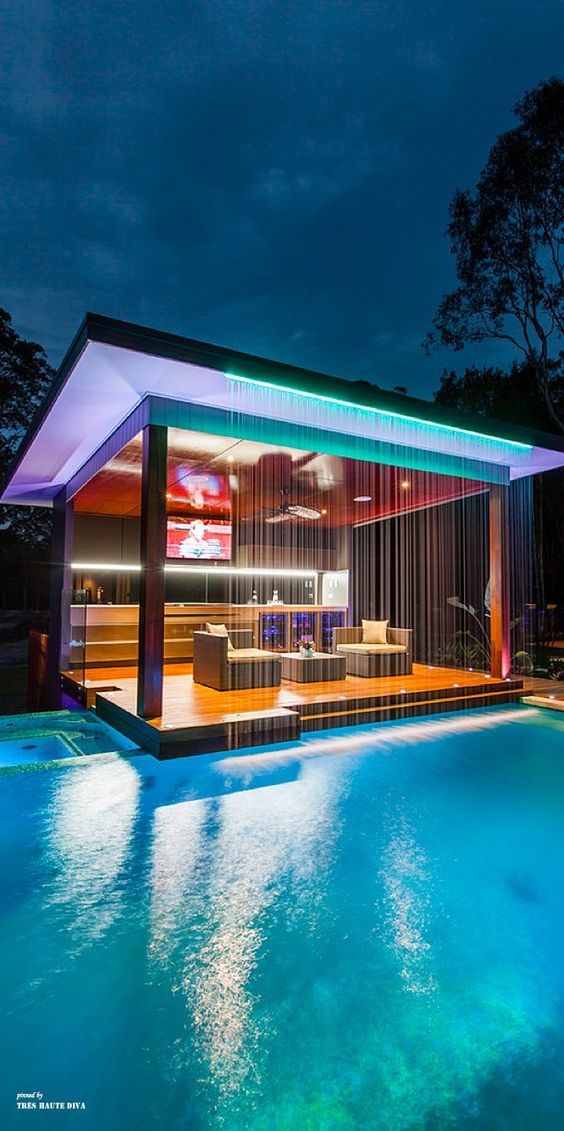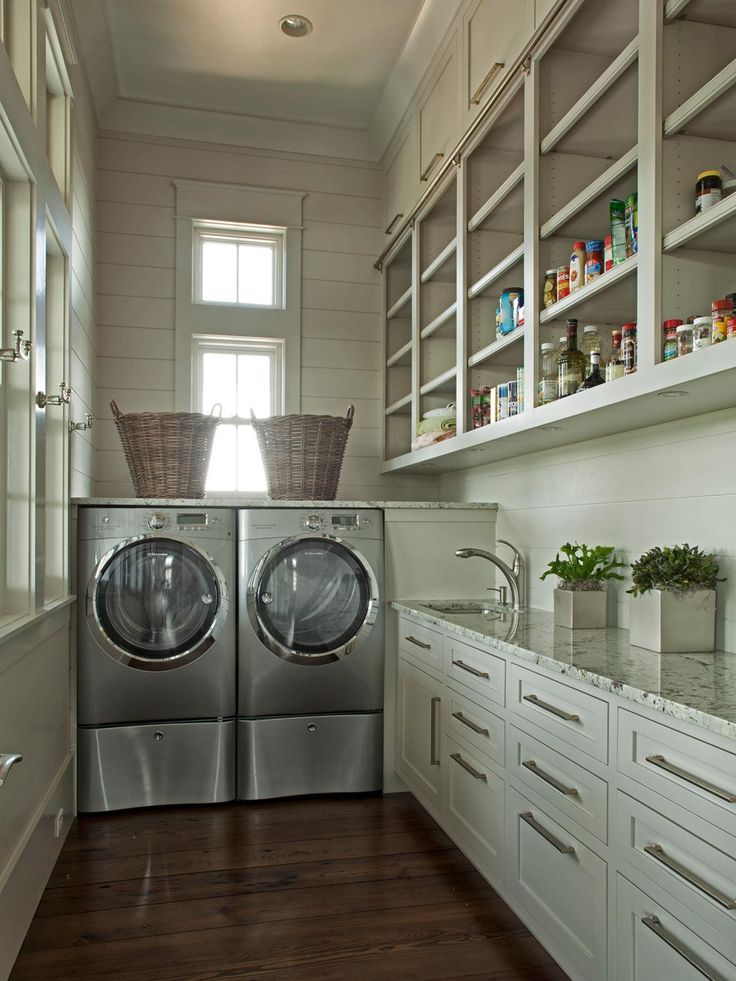Rothschild family estates
House of the Green Shield, The Judengasse, Frankfurt, Germany
The Frankfurt Judengasse
The Jews of Frankfurt were required to live apart from the Christians in a single narrow lane called the Judengasse, or Jews' Alley. The street was overcrowded. The 3,000 Jewish inhabitants were locked into this ghetto on Sundays, Christian holidays, and at night. Frankfurt's Jews could not enter a public garden, visit a coffee shop, or walk more than two abreast in the street. Although other eighteenth century German cities imposed restrictions on Jews, none were as harsh as those of Frankfurt.
The House of the Red Shield
Mayer Amschel Rothschild (1744-1812), the son of Amschel Moses Rothschild and Schoenche Rothschild, was born in Frankfurt, the fourth of eight children. His father was a moneychanger and dealer in silk cloth. The family surname was derived from the house where a Rothschild ancestor, Isaac Elchanan (d. 1585) lived in Frankfurt. At the time, it was a common practice to give names to houses (such as White Tulip, Ship, Green Jar, etc.). Elchanan's house was called 'zum Roten Schild' (at the Red Shield), from which the name Rothschild was derived. In 1664, Isaac's grandson Naftali left zum Roten Schild and moved to a house called Hinterpfann, meaning house at the back of the sauce pan, but kept the Rothschild surname.
The house of the Green Shield
Frankfurt was a major center of trade, with many bankers and wholesale merchants. At the end of his apprenticeship, Mayer Amschel returned home to Frankfurt. There he joined his brother Calmann's money-changing business, adding his own specialty to it, a trade in rare coins, medals, curios, jewels, engravings, and antiques. Through this business Rothschild was introduced to Crown-Prince Wilhelm, the future Landgrave (Prince) of Hesse, heir to a huge fortune. In 1769, Rothschild requested of Wilhelm the title of court-factor, or crown agent, meaning that he had done business with royalty. The honorary title allowed Rothschild to hang a shield decorated with the arms of Hesse and Hanau on the door of his house.
The honorary title allowed Rothschild to hang a shield decorated with the arms of Hesse and Hanau on the door of his house.
On August 29, 1770, Rothschild married Gutle Schnapper, the 17-year-old daughter of a bill broker, moneychanger and court factor to a small principality. The following year, she gave birth to Jeanette, the first of their ten children. By 1784, the family had grown to include Amschel, Salomon, Nathan, Isabella, Babette, Carl, Julie, Henriette and James, and, aged forty, Mayer was prospering. When a larger house became available in the Judengasse, he bought it. The House at the Green Shield contained a water pump, considered to be a great luxury at the time.
With the help of sons, Salomon and Amschel, the family became a major wholesaler of wool, cotton cloth and flour, and in the mid-1790s, Rothschild became a major importer of cotton cloth from England. In 1796, Napoleon's troops attacked Frankfurt, accidentally setting the Judengasse on fire and destroying half of it, leaving 2,000 inhabitants homeless. The displaced Jews were allowed to live in the Christian part of the city for six months. Although the House at the Green Shield had not been damaged, Rothschild took advantage of the relaxed city laws to rent space for all of his wares outside the ghetto, allowing his family full use of the house.
The displaced Jews were allowed to live in the Christian part of the city for six months. Although the House at the Green Shield had not been damaged, Rothschild took advantage of the relaxed city laws to rent space for all of his wares outside the ghetto, allowing his family full use of the house.
In 1810, Mayer Amschel reorganized his business, making his grown sons full partners, but retaining for himself a decisive vote. Now in poor health, he allowed his sons to run the business, while he relaxed and studied English. On September 19, 1812, Mayer Amschel died in Frankfurt, leaving the business he had created in the hands of his sons.
The twentieth century
At the end of the 19th century, most of the buildings in the Judengasse were demolished, but the former Rothschild house of the Green Shield remained as a museum. The area suffered major destruction during the Second World War, and reconstruction has left no visible signs of the Judengasse and the historic Rothschild home in today's townscape of Frankfurt.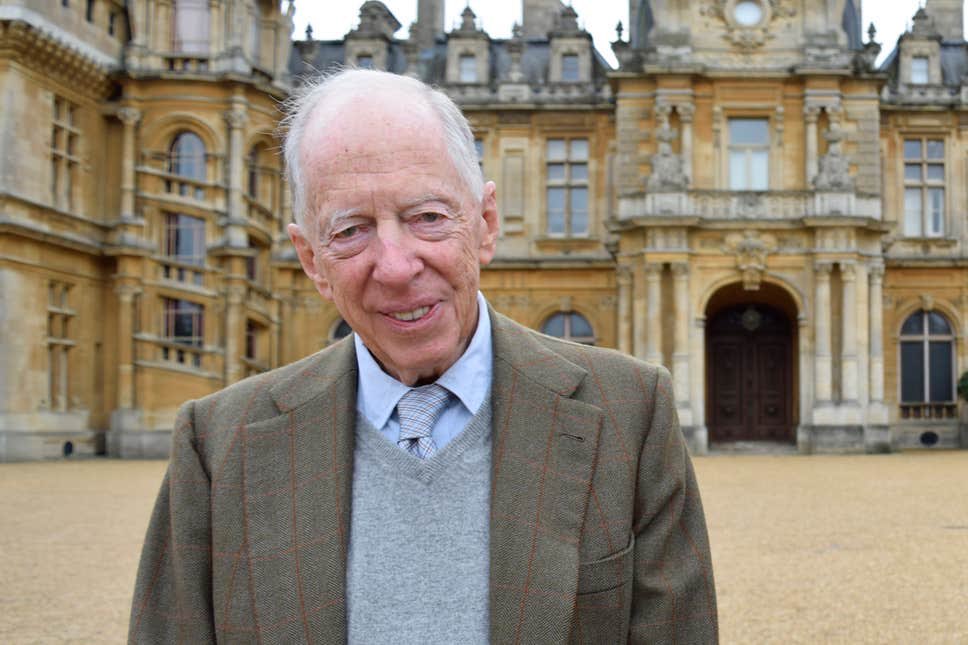
Return to Estates listing
Aston Clinton, Buckinghamshire, England | Rothschild Family
When the Aston Clinton estate in Buckinghamshire came up for sale in July 1849 the Rothschild brothers discussed a possible investment purchase, agreeing to pay no more than £26,000, as "it is not like a fancy place." Sir Anthony de Rothschild (1810-1876) finally bought the property in 1851 when its former owner Lord Lake died.
Aston Clinton mansion
The large mansion was situated to the south-east of the village of Aston Clinton, and from 1854, Sir Anthony and his wife Lady Louise (née Montefiore) (1821-1910) began to make alterations to the house. The architect George Henry Stokes, assistant of Joseph Paxton (who had designed the great Rothschild house Mentmore Towers for Anthony’s brother Mayer Rothschild) and the builder George Myers produced a neo-Classical design at the foot of the Chilterns, with a park and gardens which Anthony greatly enhanced with conifers and shrubs. Extensions to the existing house including a ‘Billiard Room building’, dining room, offices and a conservatory were made. George Devey took over from Stokes from 1864 to 1877, designing the park gates and various cottages on the estate. Even after these building works, the house was not ostentatious, and was described by Lord Rosebery as "the only Rothschild mansion that could be called a gentleman’s house."
Extensions to the existing house including a ‘Billiard Room building’, dining room, offices and a conservatory were made. George Devey took over from Stokes from 1864 to 1877, designing the park gates and various cottages on the estate. Even after these building works, the house was not ostentatious, and was described by Lord Rosebery as "the only Rothschild mansion that could be called a gentleman’s house."
Photographs of the house show a large neo-Georgian Italianate-style house with verandahs, a large porte-cochère and an elegant conservatory. By the time the Rothschilds sold the estate in 1923 the house had grown from its humble origins to become a classical mansion with seven reception rooms, billiard room, ball room, thirteen principal bed and dressing rooms, seventeen secondary and servants’ bedrooms, four bathrooms and complete domestic offices. There was stabling for 32 horses and two lodges had been built.
Lady Louise was initially disappointed with the property, regarding it as rather too small. "Aston Clinton is not the house I dreamt of", she wrote in her diaries. Nevertheless, she and her daughters Constance, Lady Battersea (1843-1931) and Annie, Mrs Eliot Yorke (1844-1926) came to love the house and the family enjoyed a pleasant life in the country. The house and park were the setting for many entertainments, both formal and intimate. Anthony was a keen countryman and he became owner of a number of successful racehorses including Carnelion and Coomassie, and Aston Clinton hosted shooting parties at which the Prince of Wales was a frequent guest, while distinguished artists, such as Hallé and Joachim, were invited to perform at the family’s parties.
"Aston Clinton is not the house I dreamt of", she wrote in her diaries. Nevertheless, she and her daughters Constance, Lady Battersea (1843-1931) and Annie, Mrs Eliot Yorke (1844-1926) came to love the house and the family enjoyed a pleasant life in the country. The house and park were the setting for many entertainments, both formal and intimate. Anthony was a keen countryman and he became owner of a number of successful racehorses including Carnelion and Coomassie, and Aston Clinton hosted shooting parties at which the Prince of Wales was a frequent guest, while distinguished artists, such as Hallé and Joachim, were invited to perform at the family’s parties.
The Rothschilds at Aston Clinton
At Aston Clinton, Anthony and Louise were noted for their enlightened views of the responsibilities towards their employees and their tenants. The whole family took a close interest in the development of the community, and the Rothschilds transformed the estate and village.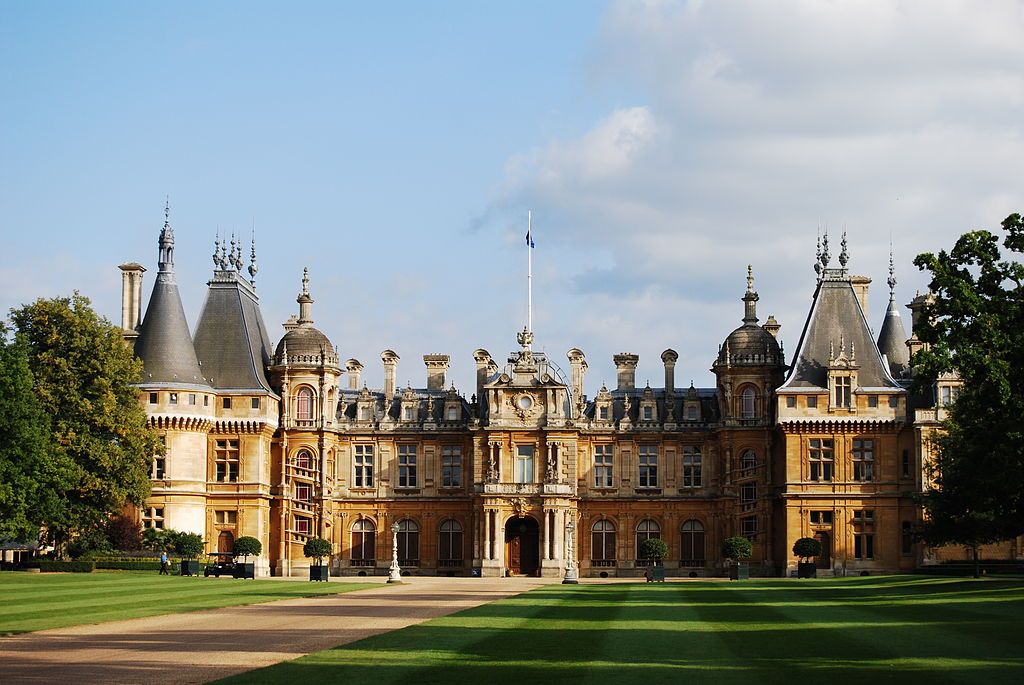 A large number of workers' cottages were built and the Anthony Hall in the village was erected by Louise in 1884 in memory of her husband. Both daughters inherited their parents’ sense of moral responsibility and devoted their time to education issues and other social welfare causes. Aston Clinton Infants’ School was built by Anthony as a sixteenth birthday present for Constance at her request.
A large number of workers' cottages were built and the Anthony Hall in the village was erected by Louise in 1884 in memory of her husband. Both daughters inherited their parents’ sense of moral responsibility and devoted their time to education issues and other social welfare causes. Aston Clinton Infants’ School was built by Anthony as a sixteenth birthday present for Constance at her request.
After Anthony’s death in 1876, Louise and her daughter Constance continued to live in the mansion. Constance is said to have been responsible for alterationsand extensions to the house and gardens, including a re-designed stable block and water features including a 'Fairy Glen'. Upon Lady Louise's death in 1910, Aston Clinton reverted to the Rothschild Estate and the three sons of Anthony’s brother Lionel de Rothschild (1808-1879) jointly inherited the interest. Constance and Annie continued to use Aston Clinton as a holiday home until the outbreak of the war. Constance wrote fondly of her days at Aston Clinton and the life of the house and its guests in her memoirs.
In the First World War, like the adjoining Halton estate, Aston Clinton was lent to the War Office, the mansion becoming in September 1914 the HQ of 21st Infantry Division. 21st Division was a ‘New Army’ division, part of Kitchener's Army, and it was formed-up and trained on Rothschild land in Buckinghamshire, initially in Tring but in 1915 on the Halton and Aston Clinton estates. Four brigades of field artillery and one heavy battery received their advanced training in the grounds of Aston Clinton House in the spring and summer of 1915, including extensive gas offensive and defensive training. Final inspection of the division by Lord Kitchener occurred in August 1915 and the move to France took place from 2 to 13 September 1915.
Sale of the estate by the Rothschilds
By 1923, Lionel’s three sons had died, and the estate passed to Charles Rothschild, (1877-1923). When Charles died, his executors, concerned about the rising cost of the upkeep of Aston Clinton, put the estate on the market.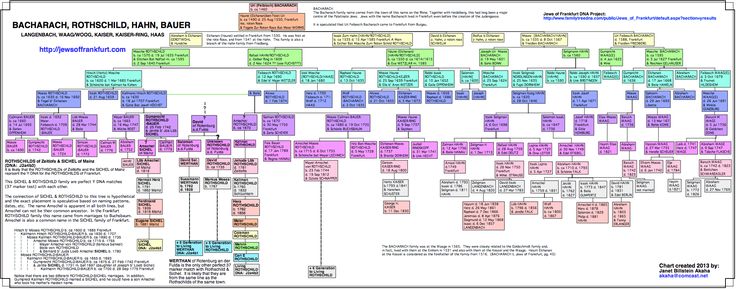 The whole estate was disposed of in sales in 1923 and 1924, and the mansion was sold to a Dr Crawford who, from 1924 to 1930 ran Aston Clinton School, a prep school at which the young Evelyn Waugh taught. The house reopened briefly as the Aston Clinton Country Club in 1931.
The whole estate was disposed of in sales in 1923 and 1924, and the mansion was sold to a Dr Crawford who, from 1924 to 1930 ran Aston Clinton School, a prep school at which the young Evelyn Waugh taught. The house reopened briefly as the Aston Clinton Country Club in 1931.
The estate again came to the market in 1932, when it was divided into lots and the ‘freehold estate known as Aston Clinton Park’ was auctioned. Land from the estate was purchased by a builder for development. The house reopened as the Howard Park Hotel in 1932.
By the start of the Second World War the house was the Green Park Hotel, but during the War the stables were used by EKCO, an electronics company from Southend-on-Sea, Essex, as its main headquarters and for radar research and development, and the main house was used as a hospital for war wounded. Following the war, the mansion briefly re-opened as a hotel, but in the early 1950s the building was badly damaged by fire, and was later demolished between 1956 and 1958.
The estate was acquired by Buckinghamshire County Council c.1959 (with the provision that is be used for educational purposes) and opened as Green Park, a public park, with a county training facility and sports complex later being built on the site of the former mansion. Some of the original ornamental features of the extended garden still remain, incorporated into the site, including an original ice-house. All that remains of the buildings of the estate are the stables, used as part of the training centre, and the lodge in Stablebridge Road.
See Aston Clinton House, Buckinghamshire in The Rothschild Archive Annual Review 2002-2003 and Mr Warren's photograph album: memories of a vanished Rothschild estate in The Rothschild Archive Annual Review 2012-2013 for more information about Aston Clinton.
Return to Estates listing
Bohemian Rhapsody: how the descendants of the Rothschilds made winemaking a family craft
- Forbes Life
- Igor Serdyuk Author
Members of the French branch of the world's most famous banking dynasty, the Rothschilds, revolutionized winemaking and turned it into high art. Members of perhaps the most famous banking dynasty in the world understand this. First, Henri de Rothschild digressed from banking, writing plays under the pseudonym André Pascal. Then his son Philippe de Rothschild became a poet, screenwriter, playwright, and at the same time a race car driver. Then his granddaughter Philippine discovered her talent as an actress and, under the pseudonym Philippine Pascal, traveled half the world with the Comedie Francaise troupe. And finally, his great-grandson Julien de Beaumarchais de Rothschild decided to become a painting historian.
And finally, his great-grandson Julien de Beaumarchais de Rothschild decided to become a painting historian.
Finished reading here
However, if only family ties and tribute connected this bohemian branch of the French Rothschilds with banking, they did not forget about another family craft - winemaking.
The founder of the wine tradition of the Rothschild clan was Baron Nathaniel, a Parisian banker, who in 1853 bought the Brane Mouton wine estate located in Bordeaux, soon renamed Chateau Mouton Rothschild, for 1,175,000 francs. If at the time of purchase the farm had only 26 hectares of vineyards, now their area has reached 82 hectares. And if in the second half of the 19th century Mouton was a minor asset for the Rothschild family, today it is the center of a small wine galaxy, which includes several wine castles and a large merchant firm in Bordeaux itself, as well as vineyards and wineries in Languedoc, Chile and California.
And this galaxy suddenly spun around Julien de Beaumarchais de Rothschild, the youngest son of the Baroness of the Philippines, a specialist in the drawings of the old masters of the Renaissance.
Julien recalls that, when he retired, his grandfather, Baron Philippe de Rothschild, joked: “I did everything I could for you, and I am calm. You have nothing to do now." The Baroness of the Philippines appreciated her father's joke and over the next ten years almost doubled sales - from 1.3 million cases of wine in 1988 to 2.1 million in 1999.
Baron Philippe went down in history not only as a racing driver, writer, philanthropist and playboy, but also as a revolutionary in winemaking.
He was the first to bottle all his wine in the castle, refusing to sell it by the barrel.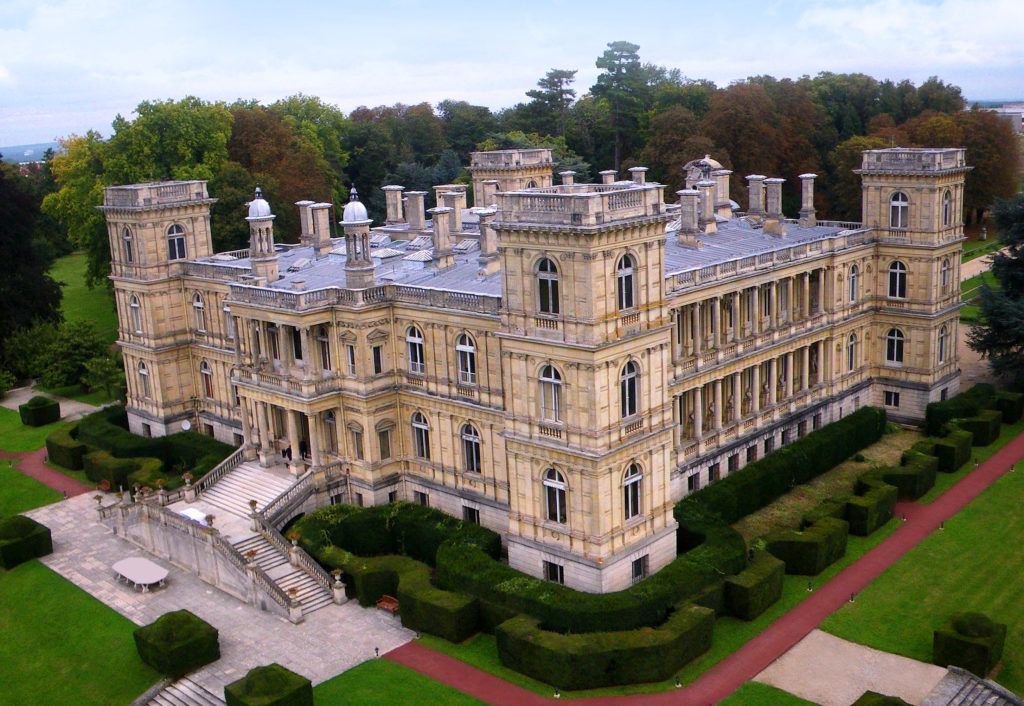 To design labels, he began to invite his artist friends (among whom were Picasso, Dali, Chagall, Miro). He also became the author of the idea of \u200b\u200bthe second wine of the castle, Mouton-Cadet, and created the most successful merchant brand in Bordeaux. He achieved the seemingly impossible and raised the status of a muton from the second level of the Grand Cru Classe to the first. He was the first among the great winemakers of Europe to begin expansion into the New World and, together with Robert Mondavi, created the iconic Californian wine Opus One.
To design labels, he began to invite his artist friends (among whom were Picasso, Dali, Chagall, Miro). He also became the author of the idea of \u200b\u200bthe second wine of the castle, Mouton-Cadet, and created the most successful merchant brand in Bordeaux. He achieved the seemingly impossible and raised the status of a muton from the second level of the Grand Cru Classe to the first. He was the first among the great winemakers of Europe to begin expansion into the New World and, together with Robert Mondavi, created the iconic Californian wine Opus One.
Baroness Philippine had only to maintain her high ground. But she would have been a bad daughter of her father if she had limited herself to that. With gestures quite theatrical, she opened the production of wine in Languedoc and in Chile. Both there and there, she acted according to her father's model - she produced iconic super-premium wines and supported sales with affordable negotiant wines.
When it came time to choose a successor to the wine business, she settled on her youngest son, Julien de Beaumarchais. He oversaw the refurbishment of Chateau Clerc Milon and the refurbishment of Chateau Mouton Rothschild, he also supervised the construction of a state-of-the-art plant for the production of Mouton-Cadet. Now it is he who meets guests at tastings and manages sponsorship projects. In an interview, he says that he does not plan to make revolutions in winemaking, but he does not intend to violate the traditions of the house either.
As befits a historian of painting, Julien de Beaumarchais de Rothschild makes friends with artists. And, as it should be for Rothschild, he, together with his mother, chooses a new artist every year to design the next muton label. According to the tradition founded in 1924 by Baron Philip, the artist receives not money, but several cases of wine as a reward for his work. The Rothschilds know: if a banker, touching high art, can completely forget that he is a banker, then an artist, touching big money, risks forgetting that he is still an artist.
The Rothschilds know: if a banker, touching high art, can completely forget that he is a banker, then an artist, touching big money, risks forgetting that he is still an artist.
-
Igor Serdyuk
Author
#wine #winemaking #Rothschilds
Forbes Newsletter
The most important thing about finance, investment, business and technology
How the most famous banker family, the Rothschilds, got rich
In September 1816, the famous Rothschild dynasty was elevated to the nobility. By that time, the descendants of a young financial enthusiast from the Jewish street in Frankfurt had built a huge banking business and became the epitome of success. What led to success and how do the heirs of the dynasty live now?
The history of the famous dynasty began in the 1760s, when the young Mayer Amschel Rothschild from a Jewish street in Frankfurt opened first an antique shop and then a bank where merchants exchanged money from one German principality for another. Over time, his five sons founded the five largest banks in Europe. Pioneers in the financing of infrastructure projects such as railroads and the Suez Canal, the Rothschilds formed many of the laws by which the financial market still operates today. It is believed that during the 19th century the Rothschilds had the greatest wealth in the world. Success does not leave the descendants of the dynasty today.
Over time, his five sons founded the five largest banks in Europe. Pioneers in the financing of infrastructure projects such as railroads and the Suez Canal, the Rothschilds formed many of the laws by which the financial market still operates today. It is believed that during the 19th century the Rothschilds had the greatest wealth in the world. Success does not leave the descendants of the dynasty today.
Family values
Antique shop owner Mayer Amschel Rothschild sold rare coins to Crown Prince Wilhelm, who became Landgrave of Hesse-Kassel in 1785 and soon became the richest man on the European continent. Friendship with him allowed Rothschild to become his personal banker and provide banking services to other noble houses, including tax collector and future finance minister Karl Buderus. Rothschild had exceptional business qualities. In a stubborn struggle, he managed to exclude any competition and achieve a monopoly position with the sovereign, historians say. He deliberately selected the clientele - he worked only with the most noble families of Germany and did not undertake to conduct business of ordinary citizens.
The French Revolution was one of the reasons for the enormous growth of Rothschild's business. During the war, the Austrian army contracted him to supply uniforms and horses, in addition, Rothschild conducted monetary transactions for Hesse mercenary soldiers.
Around the same time, he sent his five sons to the capital of various European countries. Even then, his goal was to expand the business throughout Europe. And so it happened - the house of Rothschild became the first bank to cross the borders. The five sons of the founder of the dynasty subsequently controlled banks in the largest cities of Europe - Paris, London, Vienna, Naples, Frankfurt am Main.
The family did not lose their wealth thanks largely to Mayer Rothschild, who bequeathed intra-family marriages. The greatest success awaited the third son of Nathan, the founder of the English branch. In 1814, the British government engaged his bank, N M Rothschild & Sons, to finance a military campaign against Napoleon. In London, Nathan was buying gold bars from the East India Company. Since there was no money in the treasury, the banker offered England gold at a price below the market price and promised to deliver the funds to the allies through the banks of the brothers.
In London, Nathan was buying gold bars from the East India Company. Since there was no money in the treasury, the banker offered England gold at a price below the market price and promised to deliver the funds to the allies through the banks of the brothers.
In July 1815, the British government considered losing the war against Napoleon. Rothschild, encouraging these rumors, began to sell his shares, and the English public followed suit.
A massive sale led to the complete collapse of the British Stock Exchange . Rothschild agents began buying shares at record low prices. When Napoleon was defeated, the financier effectively controlled the English stock exchange.
After this stunt, the bank focused on investing in long-term projects, including railroads, playing a role in the industrial revolution. N M Rothschild & Sons is still controlled by the Rothschilds, in 2014 the bank reported a net profit of 34 million pounds.
The financial empire grew thanks to lending to the population.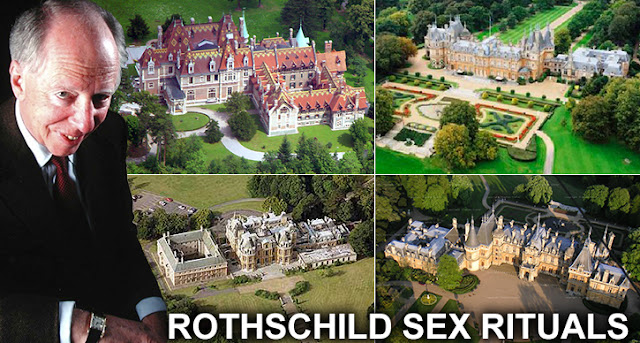 Particularly successful in this business was the son of Solomon, the founder of the Austrian branch of the dynasty and the bank S M von Rothschild. The bank issued loans for long periods at moderate interest rates, the loan was secured by land holdings. On September 25, 1816, Mayer's sons Amschel and Solomon received titles of nobility, and in October the younger Jacob and Karl were elevated to the nobility. A few years later, the family received the titles of barons, all five brothers received the status of aristocrats and for the first time began to be directly called bankers (Jews in a noble diploma were recorded as "changers"). In the new status, the financiers brought luxurious palaces, while their wealth increased. In 1885 Nathan became the first Jew to enter the House of Lords. From the end of the 19th century, the family began to donate luxurious estates and works of art to charity.
Particularly successful in this business was the son of Solomon, the founder of the Austrian branch of the dynasty and the bank S M von Rothschild. The bank issued loans for long periods at moderate interest rates, the loan was secured by land holdings. On September 25, 1816, Mayer's sons Amschel and Solomon received titles of nobility, and in October the younger Jacob and Karl were elevated to the nobility. A few years later, the family received the titles of barons, all five brothers received the status of aristocrats and for the first time began to be directly called bankers (Jews in a noble diploma were recorded as "changers"). In the new status, the financiers brought luxurious palaces, while their wealth increased. In 1885 Nathan became the first Jew to enter the House of Lords. From the end of the 19th century, the family began to donate luxurious estates and works of art to charity.
Rothschild banking became famous for international financial transactions during the period of industrialization and investments in such large projects as the Suez Canal.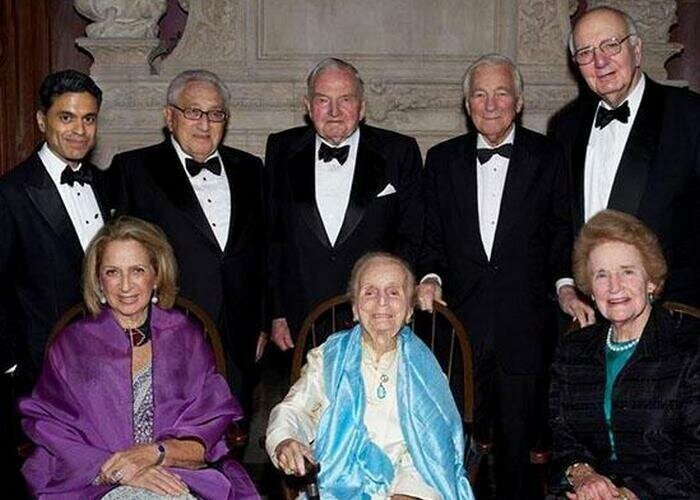 “In general, the activities of the Rothschilds and the name of the Rothschilds became those decisive factors that brought the era of money and abilities, which replaced the era of titles and origins,” wrote Frederick Morton in the book The Rothschilds. History of a dynasty of powerful financiers.
“In general, the activities of the Rothschilds and the name of the Rothschilds became those decisive factors that brought the era of money and abilities, which replaced the era of titles and origins,” wrote Frederick Morton in the book The Rothschilds. History of a dynasty of powerful financiers.
The power of success
The family has become a real embodiment of wealth. “The Rothschild name has become synonymous with money and power to a degree that no other family can match,” wrote the Daily Telegraph.
The French and English branches of the family currently control the financial company Rothschild & Co, run by David René de Rothschild. Its management includes English and French investment banking companies. Another financial institution survived in Switzerland - Edmond de Rothschild Group.
The American Internet publication Celebrity Net Worth has calculated that the total capital of the Rothschild family is currently over $350 billion. The Rothschilds own numerous assets, so it is impossible to accurately calculate the fortune.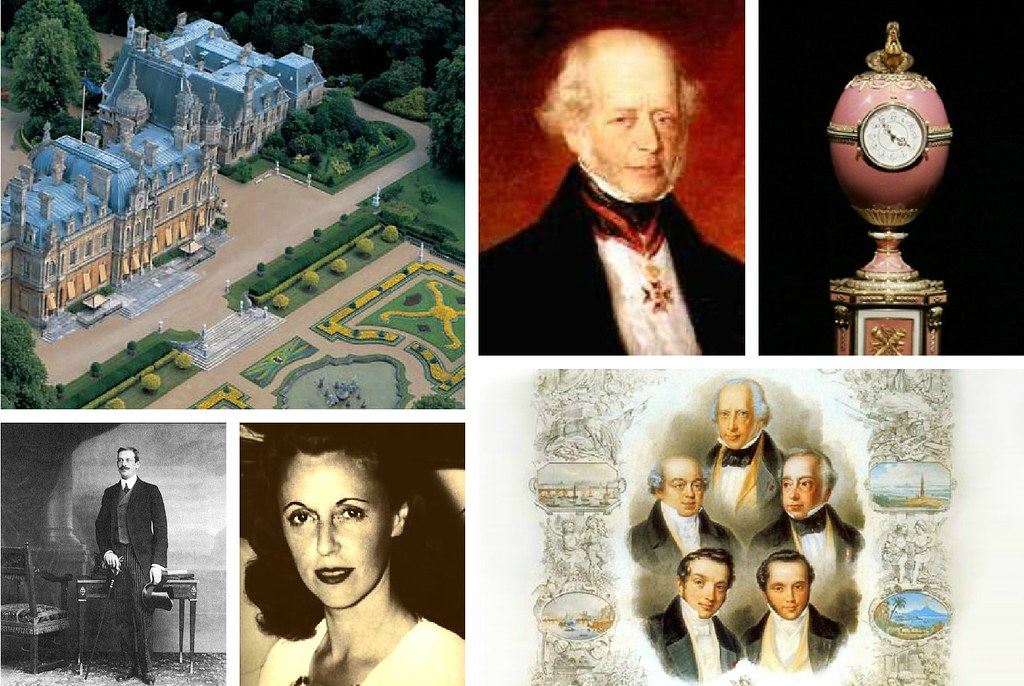
According to some experts, the Rothschild family has about $1 trillion in real estate and banking alone.
Family wealth was divided among the descendants of the dynasty for many years. Today, their holdings span not only the financial industry, but also real estate, mining, energy, and philanthropy. In addition, the family also owns more than a dozen wineries on all continents. The enterprises of the descendants of the dynasty continue to make a profit - the Rothschilds retained a reputation as talented financiers with a long history. “It is not only the dizzying wealth that makes these two dynasties so exceptional, but the fact that they hold onto it for so long,” wrote journalist Harry Mount of the Rockefellers and Rothschilds.
In many respects, adherence to family traditions became the key to maintaining wealth. “They say that once the youngest son of Nathan asked him how many different peoples there are in the world. “There are only two peoples that you should know about,” replied the father, who had a ready answer, “the first is the family, and the second is everyone else,” Morton wrote.




